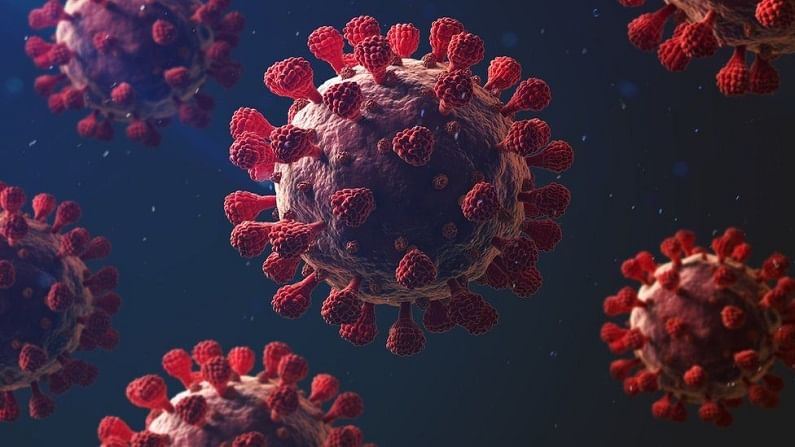India's Covid-19 R-value drops below 1; here's why it's crucial
R-value of 1 and below is a crucial threshold. An R figure that is even slightly over 1 can lead quickly to a large number of cases.

The R-value or the reproductive number of the Covid-19 pandemic dropped to 0.92 by mid-September against 1.17 during August end, according to researchers. The R-value is a reflection of how rapidly the Covid-19 pandemic is spreading. It is an average number of new infections induced by one infected individual during the entire infectious period.
The R-values of Maharashtra and Kerala’s R, worst effected states by the Covid, have also dropped below 1. Among cities, the reproductive rate in Delhi and Pune is below 1, while in Mumbai, Kolkata, Chennai, Bengaluru it stands above 1.
R-value declines in September
At the end of August, the R-value was 1.17. Between September 4-7, it had declined to 1.11 and since then has remained below 1. The R-value value between September 4-7 was at 0.94, from September 11-15 it was 0.86 and between September 14-19 it was 0.92.
According to data from Institute of Mathematical Sciences, Chennai, the R-value of Mumbai stands at 1.09, Chennai 1.11, Kolkata 1.04, Bengaluru 1.06. On average, the R or Reproduction number refers to how many people an infected person can infect. It tells how efficiently a virus is spreading.
The R-value started to decline after the devastating impact of the second Covid wave, which saw hospitals and health infrastructure were overwhelmed with patients infected with SARS-CoV2 virus. Thousands of people died due to the virus, while lakhs died during the March to May period.
R-value of 1 is a crucial threshold
R-value of 1 and below is a crucial threshold and considered to be safe. An R figure that is even slightly over 1 can lead quickly to a large number of cases. To put it in perspective, say a disease has an R of 1.5. An R of 1.5 would see 100 people infect 150, who would in turn infect 225, who would infect 338. In three rounds of infection, the number of people with the virus would have more than quadrupled to 438.
R Value of 1 is an indication that the number of new infections is not more than the number of existing infections.